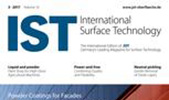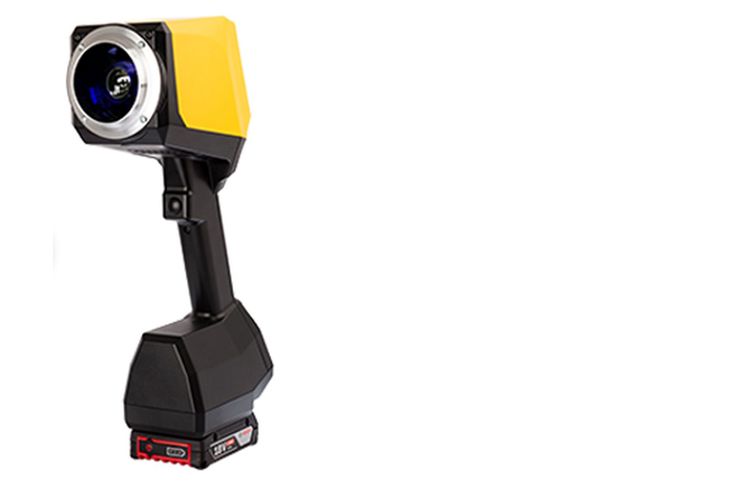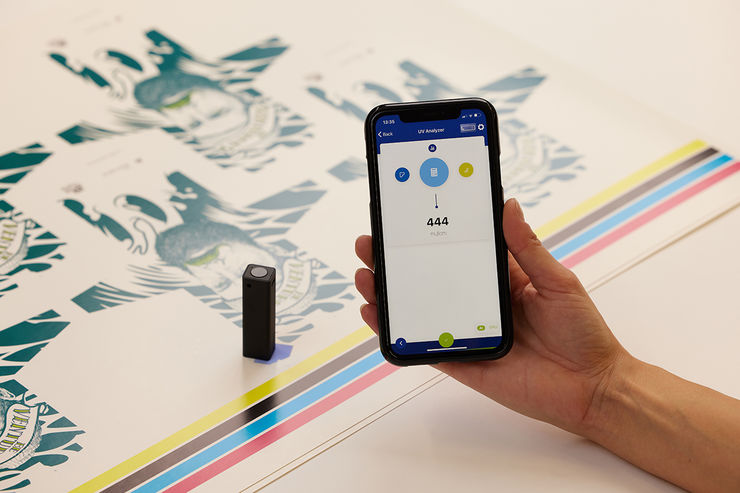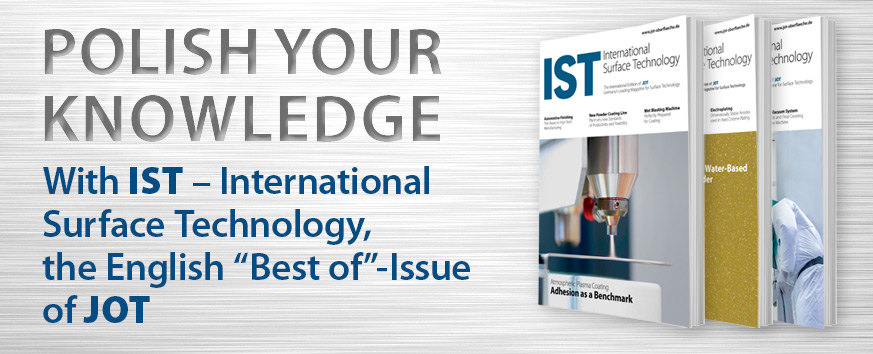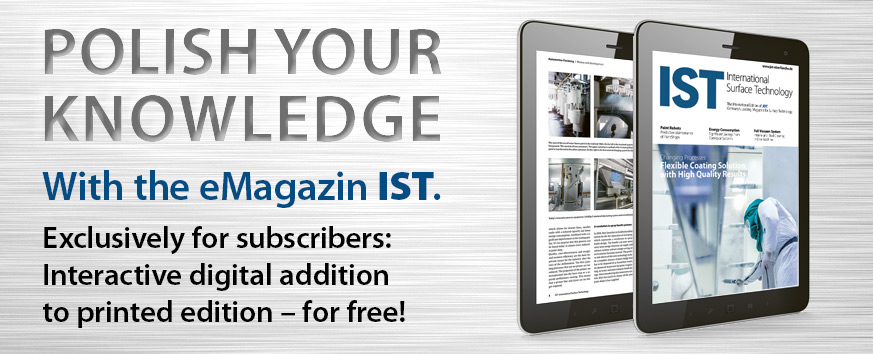More than 60 years ago, weathering instruments were developed in the DSET laboratories in the Sonora Desert of Arizona, which reflect sunlight onto a cooled sample plane using suitably arranged mirror systems. To this day, ten mirrors in a so-called Fresnel geometry are typical for such systems. These frames were named "Equatorial Mount with Mirrors for Acceleration" (EMMA) and later equipped with water spray nozzles (EMMAQUA). The systems require sun tracking, which used to be done manually, but is now done automatically, and the clearest possible sky. Due to the considerable cloud cover, such systems are less suitable for subtropical or temperate zones. Accelerated outdoor weathering with Fresnel mirror systems, which follow the sun's course and concentrate solar radiation, has been established for many years and has been standardised many times. With the mirrors, an increase in global radiation of up to eight times and in the UV range up to five times the natural radiation is possible on the test surface. By using natural solar radiation, comparable results to static outdoor weathering are usually obtained in a shorter test time.
Cool Mirror Technology
In the past, technical limitations were mainly due to the high temperatures that can result from the concentration of long-wave solar radiation. Especially thermally poorly conducting specimens such as plastics and composites or thermally sensitive materials such as PVC and polyolefins are only conditionally suitable for the classical systems. Increased temperatures can not only falsify the weather aging process by stimulating chemical reactions with high activation energies, but also have other effects on the materials, for example thermolysis, discoloration, charring or deformation of the samples. This led to the development of a new generation of mirror frames (LT-EMMAQUA), which use so-called "cool mirrors" or "cold mirrors" instead of the classical mirrors. These reflect only the short wavelength visible and UV radiation, but are optically transparent for the long wavelength visible and IR radiation. This significantly reduces the heating up. The Cool-Mirror-Technology not only enables an extension of the application range for accelerated outdoor weathering to temperature-sensitive materials, but also an intensification of the concentrated solar radiation. By doubling the number of mirrors from 10 to 20, the acceleration factor can be increased to 10 to 12 compared to Florida. The corresponding technology is called Ultra-Accelerated(UA)-EMMAQUA.
Flexible hybrid version
The latest development step now makes it possible to adjust not only the irradiance but also the test temperature over certain ranges. This is achieved by controlled air cooling and variable combination of traditional mirrors and "cool mirrors". These flexibly configurable Fresnel apparatuses are quasi a mixed technology of classical opaque and IR-transparent cold mirrors (EMMAQUA hybrid).
The complete article was published in German in the May/June issue of JOT.
Autor(en): Andreas Riedl, Atlas Material Testing Technology

